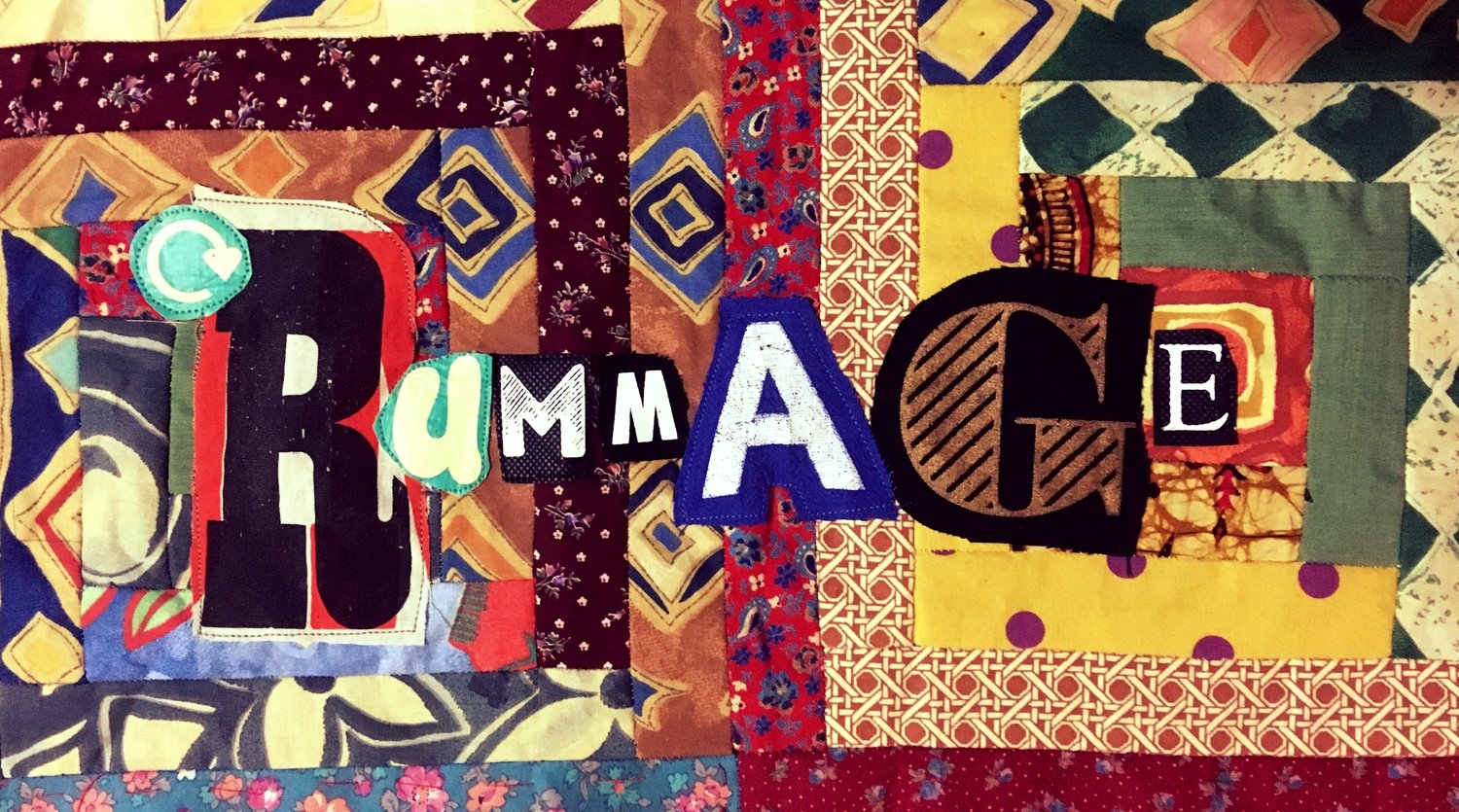Objects
Barometer, made from scraps, probably early twentieth century
This ugly object was fashioned at some point, probably in the early twentieth century, using a bit of old wood, perhaps from a chair, perhaps from some ship timbers? Like many recyled objects, the date it was made is impossible to be certain about. The curious thing about it, for me, is the attention the maker took on the display in the centre, which stands in contrast to the rough and ready finish for the wooden part.
Reused glass slide, early twentieth-century
This glass slide, known as a ‘magic lantern’, was first used to display the photograph of a row of cyclists, but then repurposed for this magestic photograph of a collie dog. In Rummage I look at other forms of recycling and reuse in the photographic industry, including the reclamation of silver. Later, glass slides were also used to advertised ‘Salvage Drives’, when waste material was collected from households to be recycled.
Mini Roll Foil Saver badge c. 1974
Mini Roll Foil Saver badge c. 1974
Here is an example of an early incentive to jump on the ‘Wombles bandwagon’, and do ‘something useful’ with litter. In 1974 groups (for example, of Scouts) were encouraged to save up their Mini Roll foil wrappers. The foil was recycled, and the proceeds distributed to selected charities. The group who saved the most could win a ‘17-seater Ford Crewbus’, and this badge (pictured) was offered to anyone who sent in 30 wrappers.
Now, I have some questions. Let’s leave aside the metal in the mini bus, and the negative environmental effect of the vehicle. Would there be a similar amount of metal in the badge as contained in the 30 wrappers? And, if so, might that negate the recycling efforts involved?
The scheme reminds me of salvage efforts during WWII, when the British public was very keen to gather up and collect together tiny things – like razor blades – but were more resistant to offering up bigger items – like railings – to the war effort. The scheme would also, presumably, have meant that more Mini Rolls were consumed: a win for Cadbury’s.
Small-scale efforts were rewarded, larger-scale changes were avoided. See Rummage for more examples of early greenwashing.
Reused rubber band box, c. 1925
Repurposed rubber band box, c. 1925
This J.C. King’s box once contained ‘Kestrel’ rubber bands, a reusable form of stationery.
The company was based on London’s Goswell Road, the location of many other stationery firms. The box was made using recycled matter, pasted together in layers. Once the rubber bands were used up, the box was repurposed some time in the mid-twentieth century by ‘Maureen’, a member of the Girl’s Life Brigade, 1st Bexley Company, presumably for storing essential bits and bobs.




